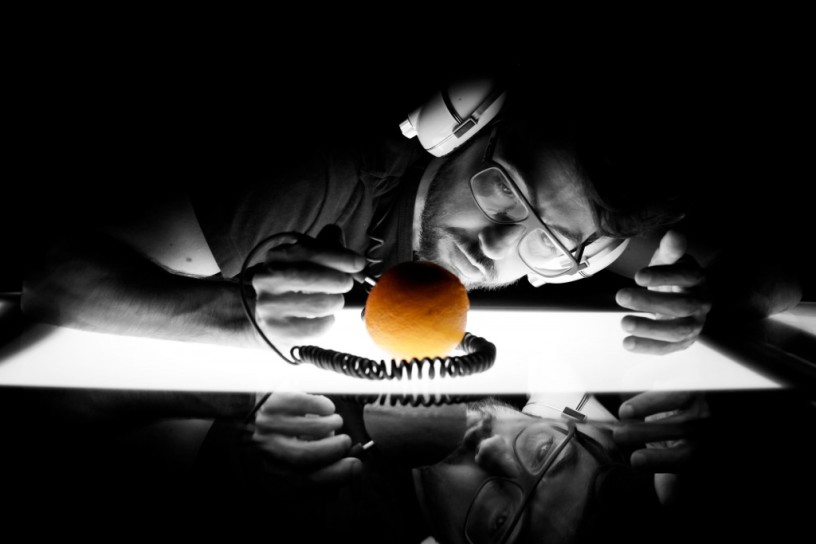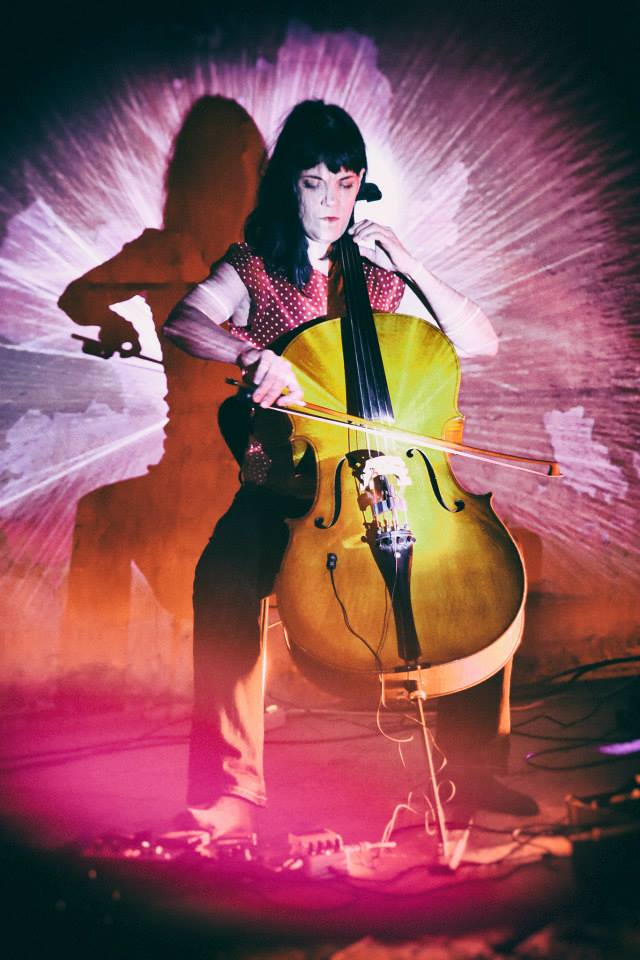Related post
FPS by Hugo Arcier at “Fantômes numériques” exhibition
Feb 20, 2017
|
Comments Off on FPS by Hugo Arcier at “Fantômes numériques” exhibition
2538
Projection Mapping Transforms A Norwegian Church Into a Digital Canvas
Mar 11, 2016
|
Comments Off on Projection Mapping Transforms A Norwegian Church Into a Digital Canvas
3788
Textures by Alexis Zacchi and Federico Pelat
Jan 12, 2015
|
Comments Off on Textures by Alexis Zacchi and Federico Pelat
2598








